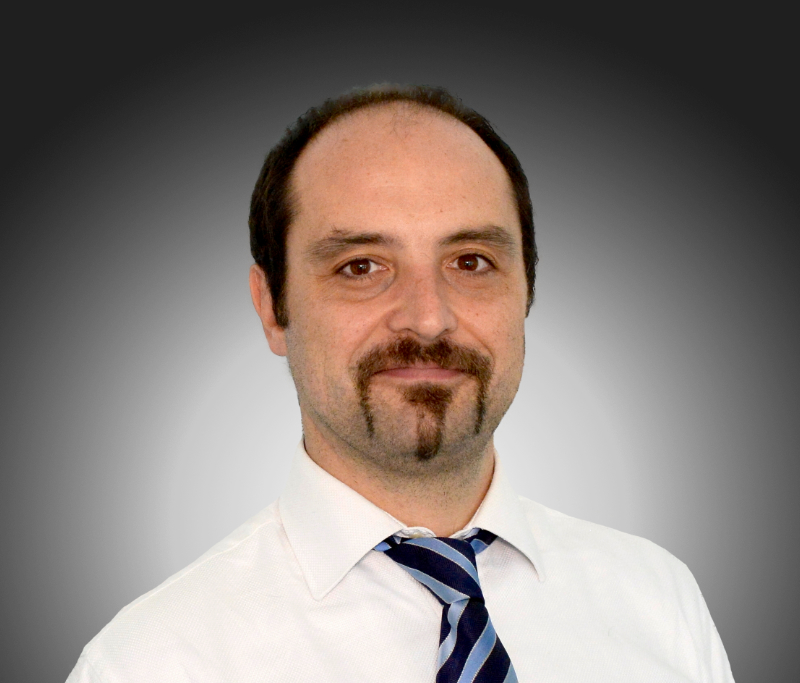Sailing with NIVELY: Interview with Giuseppe Conti, Nively CTO
Could you tell us a few words about Nively partner?
Nively is a French SME which belongs to the Waldner Group, and it operates in the silver economy market. Nively develops MentorAge(TM) a patented technology for the B2B market of nursing homes, which allows monitoring elderly people, identifying whenever a potential condition of risk is detected. In case of potential risk, the system sends an alert to the smartphones of nurses or caregiver. MentorAge(TM) is currently sold in France and Italy.
Which are the most relevant aspects of CAPTAIN coach for your business (which is its role in the CAPTAIN project, you can refer to MentorAge ect) ?
The couching aspect of CAPTAIN is certainly of great relevance. Being able to provide intelligent support to the seniors is vital to create new solutions that can be make them leave more autonomously, when at home. In particular, we are very interested in studying how to infer behavioural information from user’s movements and activities by making use of MentorAge(TM) as sensing unit.
What kind of activity have you carried on during the first half of the project and what's coming next for Nively in CAPTAIN?
From a technical standpoint, our main effort has been to contribution to the creation of the CAPTAIN “satellite” based on use of MentorAge(TM) technology. This has required several developments at low level, to enable sharing of information with other devices within the network, as well as data fusion across different sensor units.
Describe CAPTAIN and its benefits for end-users in a pitch-sentence:
“To make seniors live more autonomously with the help of a couch next to them during their daily activities"
As a technical partner, what do you think about the agile methodology of CAPTAIN and the active involvement of end-users in the entire lifecycle of the project?
It is very demanding from organisational point of view, but it allows close adherence of development team with the real needs of the user. It essentially avoids that technical development “drifts away” without control for prolonged time. This brings advantages in terms of optimised resources, reduced wrong branch developments, better adherence with real needs of the users.


Comments ()